photog4life
No longer a newbie, moving up!
- Joined
- Dec 26, 2011
- Messages
- 262
- Reaction score
- 28
- Location
- stl
- Can others edit my Photos
- Photos NOT OK to edit
How's it going? I have a couple of questions for the film users here.
TO start I feel like it would help if you knew the project I am wanting to work on. My grandpa gave me a camera that his mother gave to him ( Regula Werk King KG) and I want to do a portrait of my mom and aunt with it. I want it to look like it would have in the 40's-50's (that's when I assume it is from I don't actually know when they made these.) Which leads me into the first question. Are there any manuals for it? It looks way more complicated than a DSLR. What would be a good black and white film that would give me that sort of look? This camera hasn't been used in years, so how would i check to make sure there are no leaks in the body or anything(light leaks are common in older cameras? Any information you can give me about this camera would helpful and awesome. Cheers!
TO start I feel like it would help if you knew the project I am wanting to work on. My grandpa gave me a camera that his mother gave to him ( Regula Werk King KG) and I want to do a portrait of my mom and aunt with it. I want it to look like it would have in the 40's-50's (that's when I assume it is from I don't actually know when they made these.) Which leads me into the first question. Are there any manuals for it? It looks way more complicated than a DSLR. What would be a good black and white film that would give me that sort of look? This camera hasn't been used in years, so how would i check to make sure there are no leaks in the body or anything(light leaks are common in older cameras? Any information you can give me about this camera would helpful and awesome. Cheers!


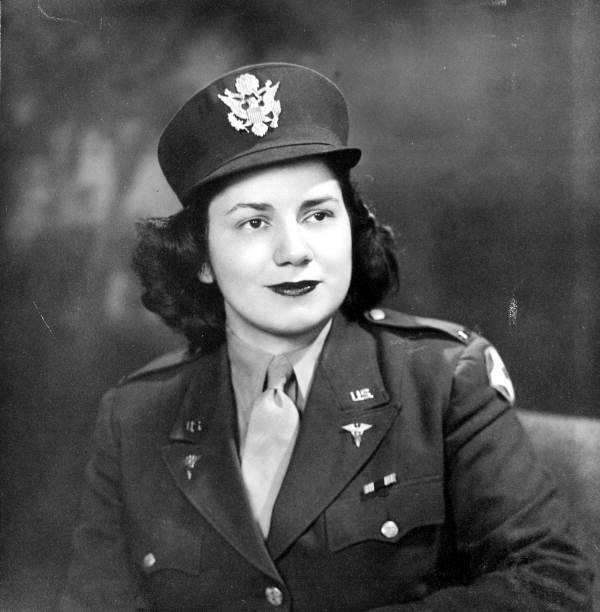
![[No title]](/data/xfmg/thumbnail/34/34695-42e00aba923f9e1fb7d814399a63ad68.jpg?1619736606)
![[No title]](/data/xfmg/thumbnail/40/40287-4f839095000f74d779b90ed75df9dc62.jpg?1619739408)
![[No title]](/data/xfmg/thumbnail/32/32631-60d0db057ee085953a0921e337396654.jpg?1619735552)
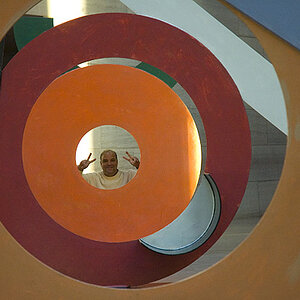
![[No title]](/data/xfmg/thumbnail/34/34694-c8f837b622c45caaa51c5507b8835376.jpg?1619736605)
![[No title]](/data/xfmg/thumbnail/31/31708-69f4ec98ec000d4fc9a9a1cc282e8e16.jpg?1619734965)
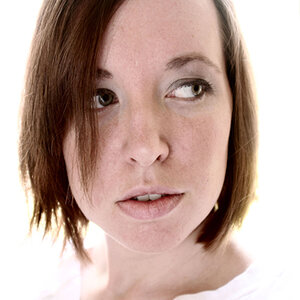
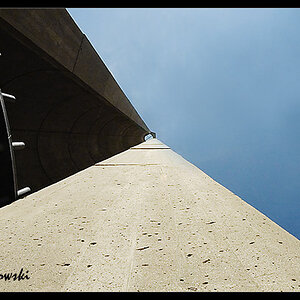

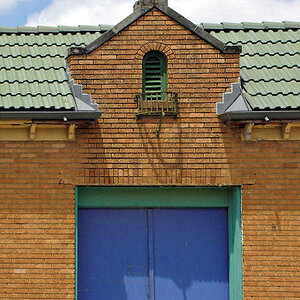
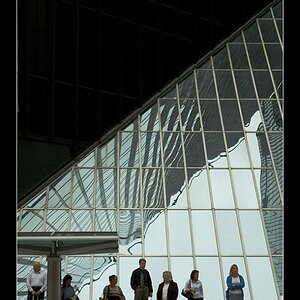
![[No title]](/data/xfmg/thumbnail/35/35931-5e10675f3f7d827bc7ae4689f16bda8a.jpg?1619737234)